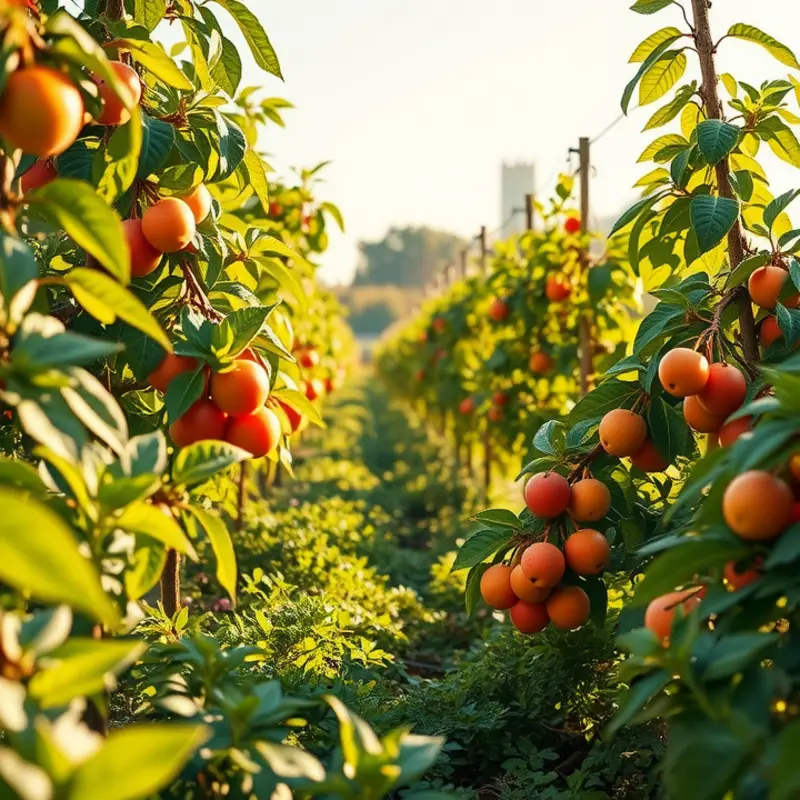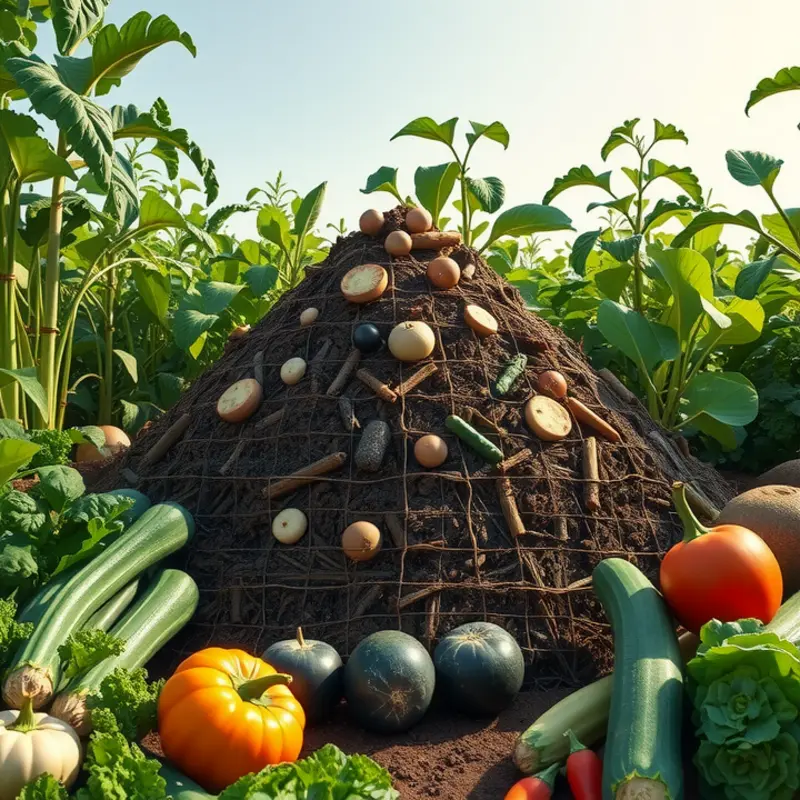Proper food disposal and waste reduction are crucial in building a sustainable lifestyle. By implementing eco-safe practices within your home, you not only benefit the environment but also enhance your food management skills. This guide offers clear and actionable tips that make it easier to store food effectively, minimize waste, and promote a greener home. Whether you are looking to implement composting solutions or adopt better storage methods, these practices will help you take impactful steps towards sustainable food disposal.
Smart Food Storage Techniques

Proficient food storage is crucial for preserving freshness and reducing waste. By implementing smart strategies, you can enjoy longer shelf life for your groceries and contribute to sustainability. Here, we explore effective storage practices for both your refrigerator and pantry.
Refrigerator Strategies
Keep your refrigerator organized to ensure even cold air distribution. Use clear, airtight containers to store leftovers, which not only preserve food but also make it easily visible. This reduces the chances of forgetting or ignoring the food until it’s spoiled.
Learn where specific foods should be placed for maximum freshness. Milk, for instance, benefits from the consistent temperature at the back of your fridge, while eggs also last longer in this cooler part. Leafy greens can be kept crisp in the crisper drawer wrapped in a damp cloth.
Furthermore, be mindful of the refrigerator’s temperature, which should remain below 40°F (4°C) to minimize bacterial growth. Regularly check the thermostat and ensure the door seals properly to maintain efficiency and prevent energy wastage.
Pantry Best Practices
In the pantry, dry goods like flour, rice, and pasta last longer when stored in airtight containers, protecting them from pests and moisture. Labeling these containers with purchase dates aids in using older supplies first, aligning with the first-in, first-out system. Learn about safer storage for sauces to complement your pantry organization.
Be strategic with pantry layout. Place items used daily, such as cereals or canned goods, at eye level for quick access. Utilize stackable bins or lazy Susans to maximize space and ease item retrieval, ensuring you don’t purchase items you already own.
General Tips
Implementing routine checks of your pantry and fridge helps identify items nearing expiration. This practice encourages creative meal planning to use up soon-to-expire ingredients, reducing potential waste and boosting culinary inventiveness.
Finally, consider integrating technologies like vacuum sealers for long-term storage of bulk-purchased items, effectively extending their shelf life without sacrificing quality. By mindfully applying these storage techniques, you create a more sustainable, waste-free kitchen environment.
Waste Management with Composting

Composting stands as a practical method for transforming household food scraps into rich, nutrient-dense matter for your garden. With a few fundamental steps, you can start reducing waste effectively and contributing to environmental sustainability. Composting requires only a small commitment of time and attention to create wonderful results.
Begin by setting up your composting space. If you have a garden, an outdoor compost bin or pile is ideal. Place it in an accessible spot that drains well. For those in urban settings, consider vermicomposting using a small indoor bin, which utilizes worms to break down organic matter.
The art of composting involves knowing what goes in the pile. Your compost will thrive on a balance of “greens” and “browns.” Greens are high in nitrogen and include fruit and vegetable scraps, coffee grounds, and grass clippings. Browns are carbon-rich and comprise dead leaves, newspaper, and straw. Aim for a ratio of about three parts brown to one part green to keep your compost balanced and healthy.
While composting, avoid adding meat, dairy, and oily foods, which might attract pests. Additionally, avoid diseased plants or weeds with seeds, as the heat might not be sufficient to neutralize them. A sprinkle of water will maintain necessary moisture, akin to a damp sponge.
Once your compost is established, regular turning will introduce oxygen, assisting decomposition. A pitchfork or compost turner is perfect for this task. The process is simple: turn your compost once every two weeks to aerate it and mix the materials thoroughly.
After a few months, depending on temperature and material, you will recognize mature compost when it turns dark and crumbly, resembling rich soil. This finished compost is ready to be used as a nourishing supplement for your garden beds or potted plants.
Composting doesn’t just handle waste; it enriches soil with essential nutrients, boosts plant health, and reduces reliance on chemical fertilizers. It plays a crucial role in mitigating greenhouse gases by diverting organic materials from landfills where they would decompose anaerobically, releasing methane. By incorporating compost into your sustainability practices, you contribute positively to the environment and enjoy a greener space.
For further insights into sustainable kitchen practices, you may want to explore ways to ensure your kitchen storage strategies are eco-smart. This approach complements your efforts at waste reduction by prolonging the life of your food products. For more information on storage techniques, you might find eco-smart kitchen storage helpful in aligning with your overall sustainability goals.
Final words
By applying eco-safe food disposal practices, you create a healthier environment while improving your food management abilities at home. Simple actions can lead to significant changes, whether you focus on better food storage techniques or embrace composting. These practices reduce waste, promote sustainable living, and even enhance the nutritional quality of the food you consume. Start making conscious choices today, and you will find that caring for the environment becomes second nature. Together, we can foster a sustainable future through responsible food disposal and management.







